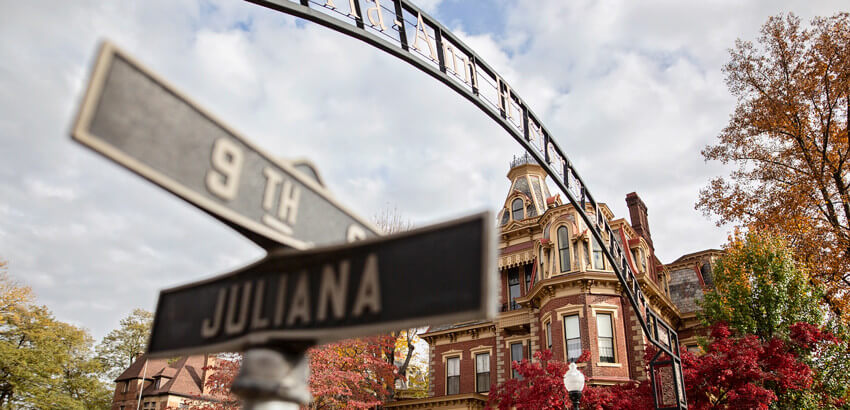
Parkersburg, WV
Besides being Wood County’s most populous city and seat of government, Parkersburg is also its oldest settlement.
It was founded sometime in the fall of 1785 by a western Pennsylvanian and retired Revolutionary War officer named Captain James Neal. His little settlement — a cluster of log cabins around a blockhouse — was called “Neal’s Station” and less frequently “Kanawha Station.” It was located on the southern bank of the Little Kanawha River near where the East Street Bridge now crosses the river.
What is now modern-day Parkersburg was purchased in 1785 by Captain Alexander Parker, another Pennsylvania Revolutionary War officer, who paid the princely sum of $50 for 1,400 acres from Robert Thornton in 1783. Captain Parker died at his home in Carlisle in 1791 at the age of 38 without having actually ever lived in what is today Parkersburg. In 1792, the State of Virginia constructed a blockhouse at “The Point” (the north bank of the Little Kanawha River where it flows into the Ohio River) for protection against Indians and stationed a small number of soldiers there. By the late 1790s the village had grown to a few log cabins, a store and a tavern, and John Stokley, who named it Newport laid out a town.
By 1800 the county seat was permanently fixed at the Point. In 1807, according to the count made by a passing river traveler, there were 12 buildings at the Point. After having gone through a variety of names – including “Newport,” “The Point,” “Kanawha,” “Kanawha Point” and “Wood Court House” – the site was surveyed in 1810 and officially and finally named “Parkersburg” in honor of the deceased Captain Parker. Parkersburg was incorporated as a town in 1811 (although the charter was not received until 1820) and as a city in 1863.
The town’s first real boom came with the drilling of West Virginia’s first oil wells along the Hughes and Little Kanawha Rivers. By 1863, Parkersburg had a population of 3,000, mainly employed in trade with the oil fields and the refining of crude oil. After the Civil War, Parkersburg became headquarters for such operations as Camden Refinery, Standard Oil and other refineries. The city continued to develop as an industrial center after the 1880s when the gas fields to the east were tapped and industrial plants began using natural gas instead of coal as a manufacturing fuel. After 1900, the oil fever abated, and by 1936 the last oil refinery in Parkersburg had closed, although the manufacture of oil well equipment continues even today.



